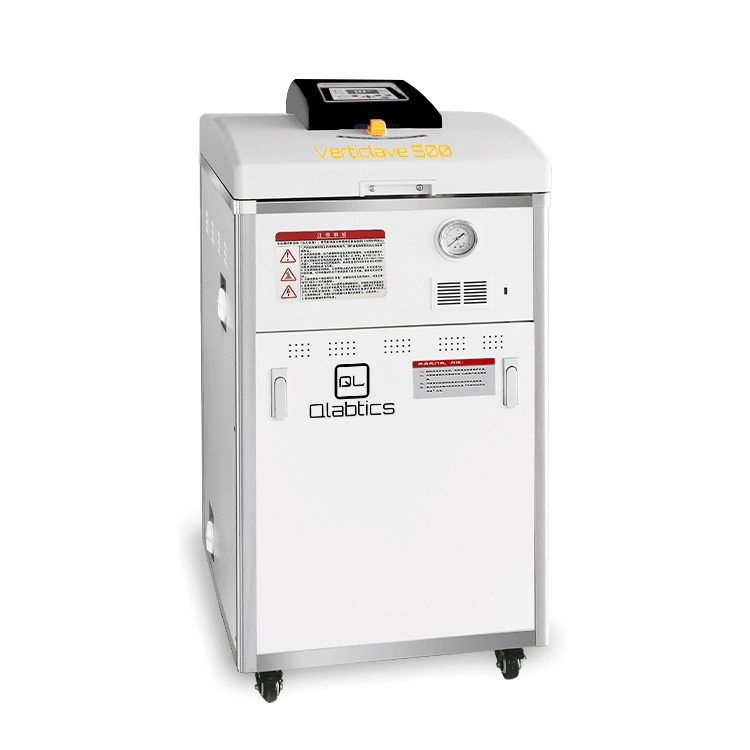Exploring the Differences Between Class N and Class B Autoclaves: Which One is Right for Your Sterilization Needs?

Class N and Class B autoclaves are both types of sterilization equipment commonly used in healthcare settings, but there are some differences between them.
Class N autoclaves use a combination of steam and pressure to sterilize solid, non-porous items such as metal instruments, glassware, and certain plastics. They do not use a vacuum to remove air from the chamber, which means they are not suitable for sterilizing porous items, such as fabrics and other soft materials. Class N autoclaves are typically used in dental and medical clinics and laboratories.
Class B autoclaves, on the other hand, are designed to sterilize a wider range of materials, including porous items such as fabrics, as well as liquids and hollow instruments. They use both steam and vacuum cycles to remove air and ensure that all items in the chamber are thoroughly sterilized. Class B autoclaves are typically used in hospitals, surgical centers, and other healthcare facilities.
In summary, the main difference between Class N and Class B autoclaves is that Class N autoclaves are designed for sterilizing non-porous items, while Class B autoclaves can sterilize a wider range of materials, including porous items and liquids, by using a combination of steam and vacuum cycles


